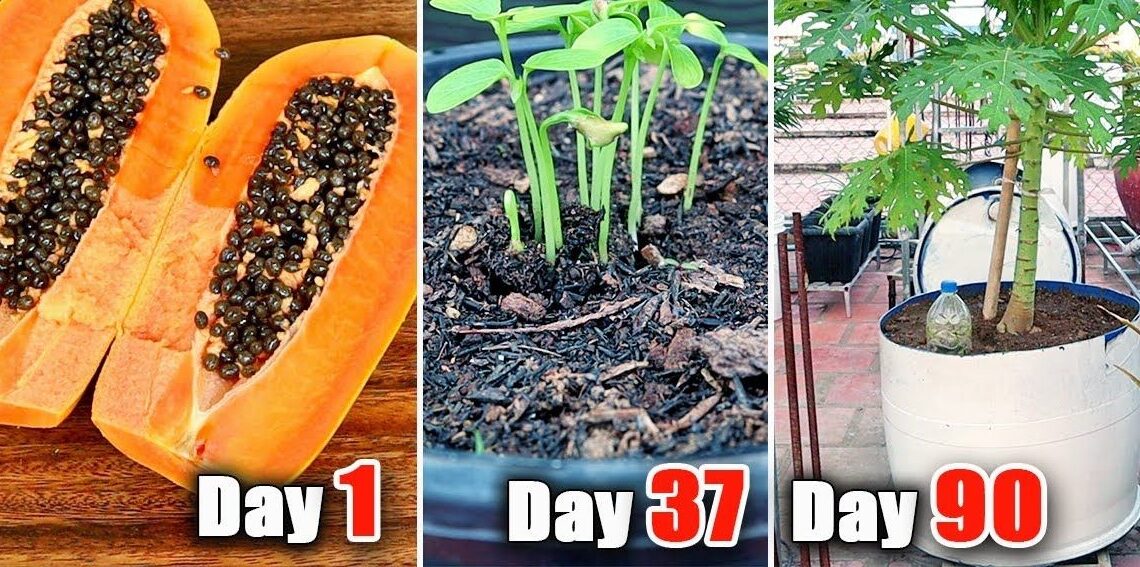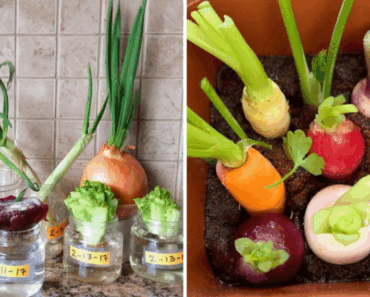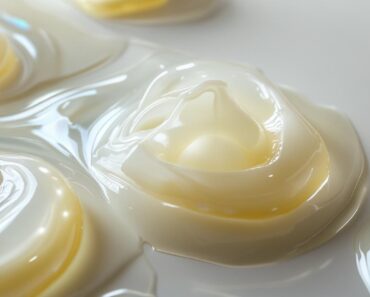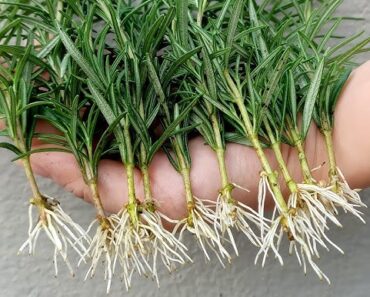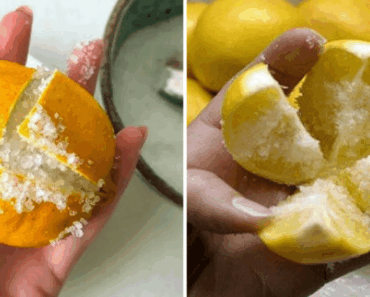Papayas are a tropical fruit known for their sweet flavor and rich health benefits, including antioxidants, vitamins, and digestive enzymes.
While many assume that papayas can only thrive in large gardens, the secret to growing papayas at home in pots lies in proper care and the right growing conditions.
With the right techniques, you can enjoy abundant fruit even in small spaces—whether on your patio, balcony, or windowsill.
Here’s a step-by-step guide to growing papayas in containers and ensuring a bountiful harvest.
Choosing the Right Papaya Variety for Pots
For pot cultivation, it’s essential to choose compact, fast-growing, or dwarf papaya varieties. These types produce fruit quickly and don’t grow too large for container gardening.
Recommended Varieties:
- Dwarf Hawaiian Papaya: Compact and fast to fruit.
- Red Lady Papaya: High-yielding and disease-resistant.
- Tainung Papaya: Known for large fruits, ideal for pots with regular pruning.
Step 1: Selecting the Right Pot and Soil
Choosing the Pot
Papayas have a shallow root system but still need enough space to grow healthily.
- Use a pot at least 18-24 inches in diameter and depth to give the roots space to spread.
- Ensure the pot has drainage holes to prevent waterlogging, as papayas are prone to root rot.
Preparing the Soil
Papayas thrive in well-draining, nutrient-rich soil.
- Use a potting mix made of garden soil, compost, and sand or perlite to improve drainage.
- Add a bit of organic compost or manure to boost nutrients, ensuring healthy growth.
Step 2: Planting Papayas from Seeds or Seedlings
Growing from Seeds
- Scoop out fresh seeds from a ripe papaya and rinse them to remove the pulp.
- Dry the seeds for 1-2 days.
- Plant 2-3 seeds in the center of the pot, about ½ inch deep.
- Water lightly and place the pot in a warm, sunny location.
Once the seedlings grow to 4-5 inches, thin them out by keeping the healthiest seedling and removing the others.
Growing from Seedlings
If you prefer to skip the germination phase, buy young papaya plants from a nursery.
- Plant the seedling at the same depth it was growing in its original container.
- Gently water it after planting.
Step 3: Watering and Fertilizing
Watering
Papayas love moisture but dislike waterlogged soil.
- Water deeply once the top inch of soil feels dry.
- In hot weather, you may need to water daily to prevent the soil from drying out.
- Ensure the pot has good drainage to avoid root rot.
Fertilizing
Papayas are heavy feeders and need regular fertilization for fruit production.
- Use a balanced fertilizer (10-10-10) every two weeks during the growing season.
- Add organic matter, such as compost or liquid seaweed, to boost nutrient levels and enhance fruit development.
Step 4: Providing the Right Light and Temperature
Papayas are sun-loving plants and need at least 6-8 hours of direct sunlight daily.
- Place the pot in the sunniest spot available—whether on a balcony, patio, or indoors near a bright window.
- Papayas thrive in temperatures between 70-90°F (21-32°C). If the temperature drops below 60°F (15°C), move the plant indoors or cover it to protect it from the cold.
Step 5: Pruning and Supporting the Plant
Pruning for Growth and Size Management
Regular pruning helps keep the papaya compact and promotes healthier growth.
- Remove dead or damaged leaves to redirect energy toward fruit production.
- Trim the top of the plant if it starts to grow too tall for the pot. This encourages side branching and more flowers.
Staking for Support
As the papaya grows taller, it may need support to prevent it from leaning.
- Use a stake to keep the trunk upright and protect the plant from strong winds.
Step 6: Pollination Tips for an Abundant Harvest
Papayas can be male, female, or hermaphroditic, and only female and hermaphroditic plants produce fruit. These flowers require pollination to develop fruit.
- If your plant is outdoors, pollinators like bees will do the job naturally.
- If grown indoors, hand-pollinate the flowers using a small paintbrush. Gently transfer pollen from male flowers to female flowers.
Step 7: Harvesting Papayas
With proper care, you can expect papayas to produce fruit within 3-4 months from planting, especially with dwarf varieties.
- When to Harvest: Pick papayas when they are yellow-green—they will continue to ripen off the plant.
- How to Harvest: Use a sharp knife or pruning shears to cut the fruit, leaving a small portion of the stem attached to extend shelf life.
Common Problems and Solutions
- Yellowing Leaves
- Cause: Overwatering or lack of nutrients.
- Solution: Adjust watering and add compost or fertilizer.
- Fruit Drop Before Ripening
- Cause: Stress due to temperature changes or poor pollination.
- Solution: Maintain consistent care and hand-pollinate if necessary.
- Pests (Aphids, Spider Mites)
- Solution: Spray the plant with insecticidal soap or use neem oil to keep pests at bay.
- Slow Growth
- Cause: Inadequate sunlight or poor soil.
- Solution: Move the plant to a brighter location and enrich the soil with organic compost.
Pro Tips for Faster Growth and Maximum Yield
- Rotate the pot every few days to ensure all sides of the plant receive sunlight.
- Mulch the soil surface to retain moisture and regulate temperature.
- Prune regularly to prevent overcrowding and stimulate more flowering.
Growing papayas in pots is a rewarding and achievable project, even if you have limited space.

